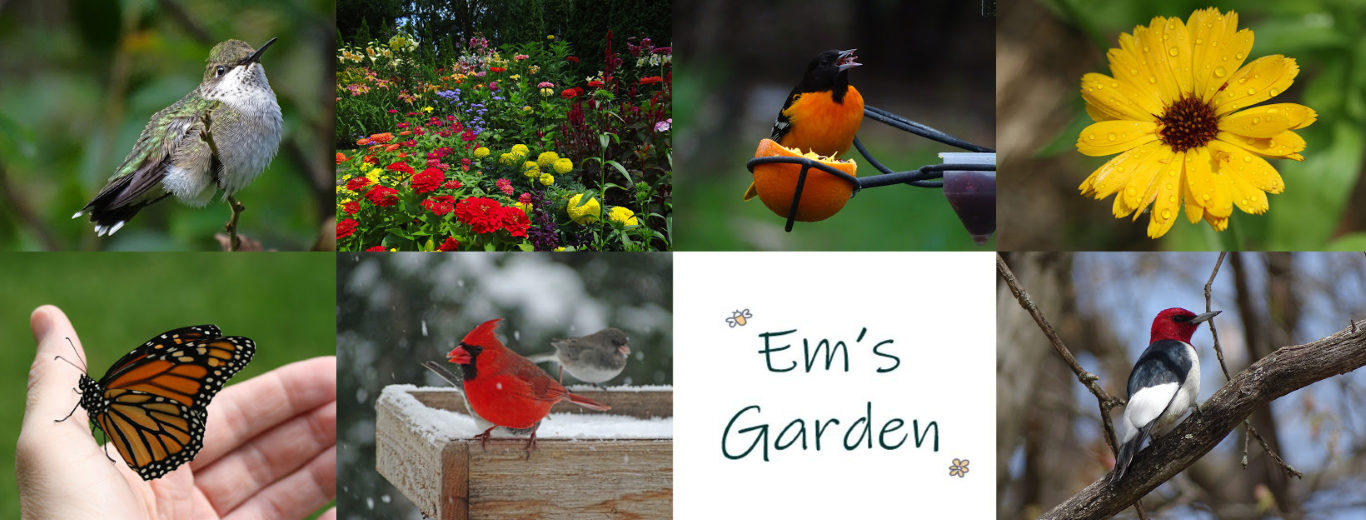
When it comes to growing plants indoors from seeds, always read the back of the seed packet before sowing anything. There’s a general gardening rule that you should cover seeds to 2 or 3 times their thickness when you sow them, but that doesn’t always apply. The seeds of many plants like rudbeckias, nicotianas, petunias and ageratum need light to germinate and shouldn’t be covered at all. Usually the smaller the seed, the more likely it is that it requires light for germination. You still want the seeds to make good contact with the soil, however, so after sprinkling them into place, I like to spritz them ever-so-lightly with a spray bottle of water.
Other seeds require darkness to germinate. In that situation, I cover the tray with a plastic dome like usual to keep in the moisture and then I put a black garbage bag over the top. If the seeds sprout better in cool conditions, like pansies, I set the tray in a cool spot in the basement. If the seeds need warm and dark conditions, I put the tray—garbage bag and all—under the lights with the other trays.
I sprout mostly annuals from seeds so I rarely encounter this, but many perennial seeds need cold stratification or chilling before they will sprout. You can do that by placing them in your refrigerator.

Seed packets will usually provide the information about what the seeds need to germinate properly. There is also an excellent book on the topic called The Gardener’s A-Z Guide to Growing Flowers from Seed to Bloom by Eileen Powell. She includes the growing conditions (including sowing, germination, transplanting, and propagating information) for 576 annuals, perennials and bulbs. You’ll find everything you ever wanted to know about sprouting plants from seed (inside or out) and how to take care of them once they are in your garden.
